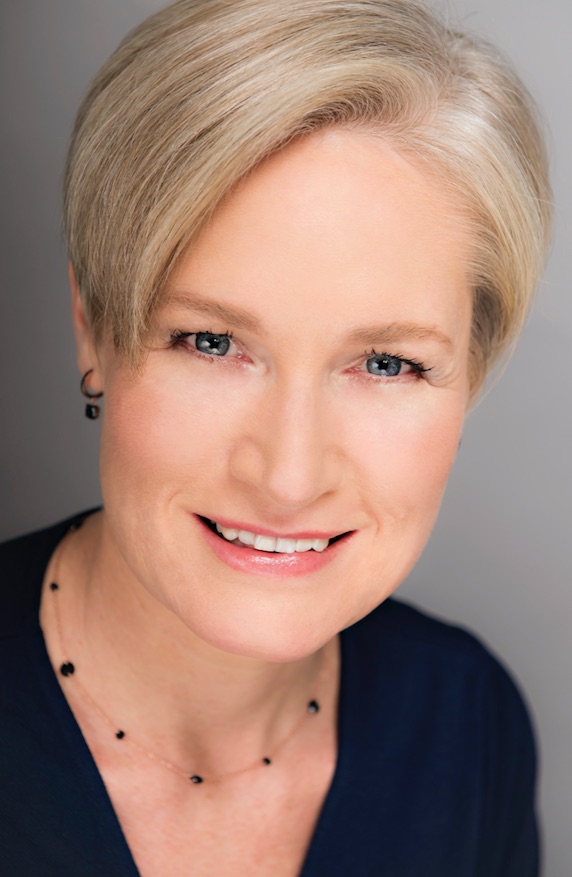How to partner with a medical practitioner in your beauty salon

It’s not uncommon for beauty salons who already offer more advanced skin treatments such as chemical peels, microneedling and laser to consider partnering with a medical practitioner to introduce more invasive services like botulinum toxin and filler.
This type of collaborative relationship is becoming more common in the industry than you think. While the majority of aesthetic treatments are safe and tolerable for beauty therapists to do, some come with the risk of serious complications, several of which can occur months or even years after the treatment has taken place. This is where having an in-house medic who can safely perform these treatments is important.
Unlike the majority of other countries, UK law does not mandate that these more advanced beauty treatments should be carried out by a medically trained healthcare professional (HCP). In spite of the legalities, the majority of UK aesthetic therapists choose to partner with a HCP to undertake the more medical – and more risky – procedures in their salons, and to be available to consult with clients should complications occur.
This is my advice on how to find the right medical practitioner to partner with in your salon, making it mutually beneficial for both parties.
5 things to consider when bringing a medical practitioner into your beauty salon:
1. Choose someone who shares your ethos
Never compromise on the quality of what you offer your clients. Partner with a medical professional who will offer the same level of expertise, proficiency and client experience as you do.
For example, look for someone who is likely to spend enough time explaining procedures and putting clients’ minds at ease prior to treatments. A reassuring personality will go a long way to ensuring client satisfaction.
2. Quality and commitment is everything
With the changing nature of aesthetic medicine in the UK, and increasing scrutiny at all levels, it is increasingly necessary to change the way aesthetic medicine is practised. The first requirement is to ensure that the space used for medical treatments meets medical standards and is equipped with emergency protocols and supplies.
In most salons where medical treatments are being introduced, it is good practice for all staff to undergo basic life support training, and the JCCP has guidance around these requirements. Take time to find a partner who takes their aesthetic practice seriously, is highly trained and insists on working with high-quality, well-researched products.
Medical professionals are still learning about long-term implications of many cosmetic procedures, so it is important that all aesthetic HCPs remain up to date with the extensive research happening in the arena of aesthetic medicine.
Spend time with potential candidates and ask them questions about the procedures they offer as well as details of their training. Your team will also need to have a good idea of the procedures and the frequently asked questions that come with them, so getting candidates to do a presentation to a few of your staff could be part of your interview process.
The Level 7 Certificate is something quite new, and anyone who has invested in this level of training will be an asset. However, those who have been in the field for a while, and will therefore have more experience, are unlikely to have completed Level 7 qualifications.
3. Look for specialists in your area
It is ideal to work with someone local to your beauty salon because they need to agree to be available after hours should a client have concerns. Any client concerned about a potential complication should be reviewed immediately. As rare as these complications may be, when they do occur, they can be serious.
There can be negative consequences for your business and reputation, not to mention your insurance, if a client is unable to be seen immediately.
4. Building a client base will take effort from both sides
It is not enough to have a medic coming in for a couple of hours twice per month – setting aside time weekly is ideal, even if sessions are not filled straight away. A client requiring an urgent review will not be happy to wait.
It can take time to build up your clientele, so you will need to find someone who is flexible enough to build this side of your business with you over time. This can be the biggest challenge as a doctor or nurse without much experience in aesthetics may have more availability, but it takes time and practice to ensure consistently good results.
You may need to consider making the financial viability as attractive as possible for the doctor or nurse for the first couple of months, and changing the terms as this side of the business grows.
5. A written contract is crucial
Make sure you spend time discussing your working relationship and put together a written contract. Aspects that frequently end up being problematic include financial arrangements, so consider factors such as what happens when clients don’t turn up for appointments or when clients want to see the HCP outside of your business.
There is little standardisation around financial arrangements, and with the increasing emphasis on overall skin quality improvement rather than isolated injectable treatments, one of the tricky areas is how to compensate the doctor or nurse who takes the time to suggest products, and courses of treatment to be delivered by your therapists.
Non-refundable booking fees should cover the appointment time, so that the doctor or nurse’s time is covered, and time should also be considered a cost for those discussing profit sharing.
 Dr Kim Prescott practices, lectures and trains in aesthetic medicine, and has a special interest in skincare product development.
Dr Kim Prescott practices, lectures and trains in aesthetic medicine, and has a special interest in skincare product development.


